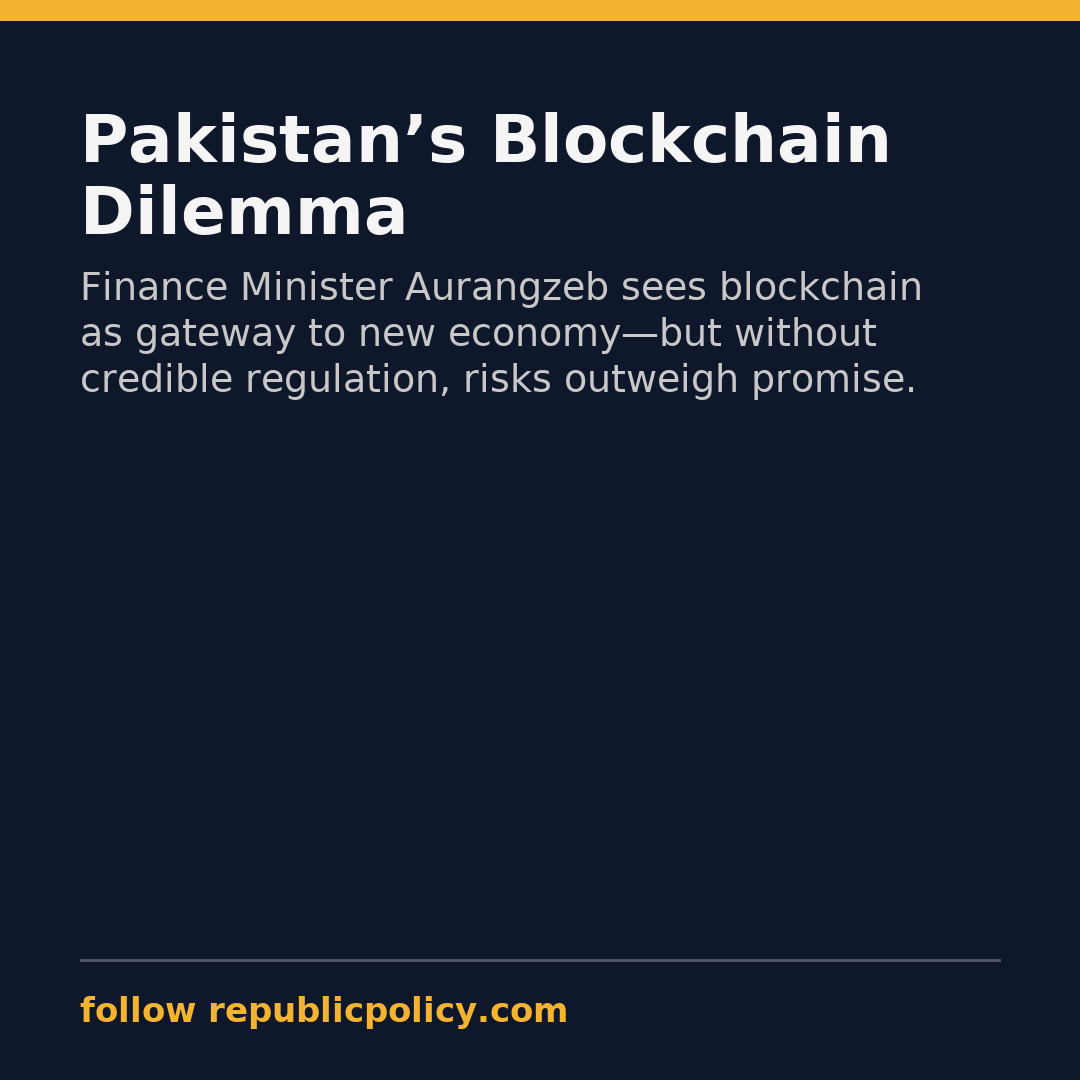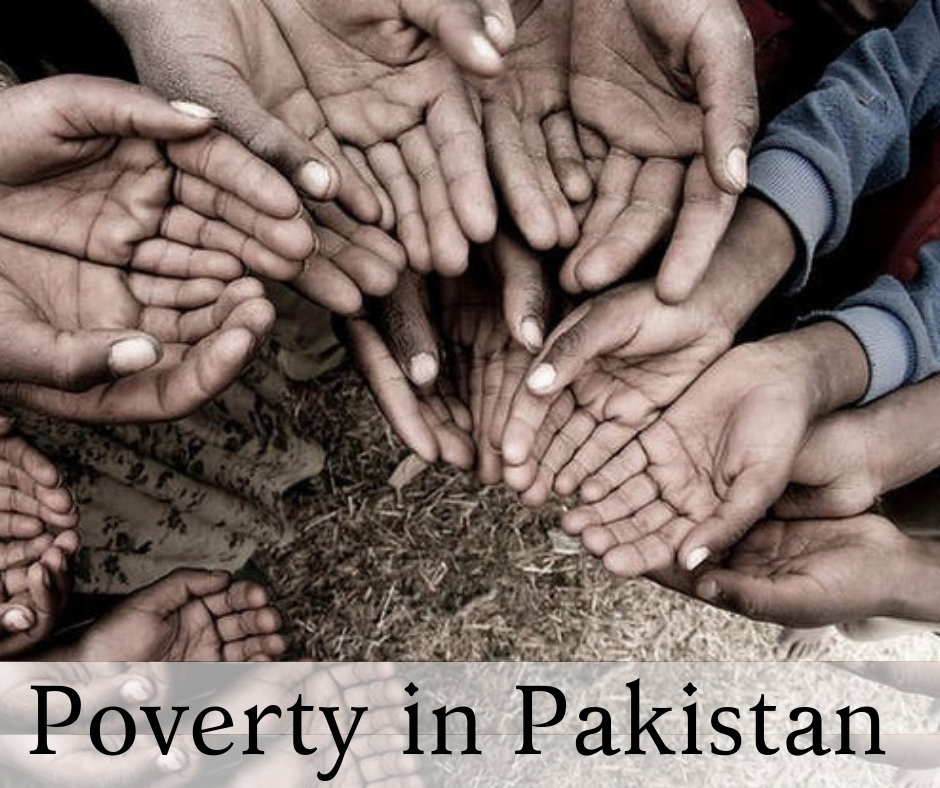Editorial
Pakistan’s electricity system is undergoing a silent yet dramatic transformation, and the evidence lies in the stark contrast between the July 2024 and July 2025 demand-generation curves. Traditionally, electricity demand and generation profiles evolve gradually, shaped by predictable consumption patterns. Yet, in just twelve months, Pakistan’s energy landscape has been disrupted — not by official planning from NTDC or NPCC, but by the rapid, uncoordinated expansion of rooftop solar installations across households and businesses.
The 2025 curve reveals a pronounced midday collapse in demand, plunging nearly 2,000 MW below last year’s levels during peak solar hours, followed by sharp evening spikes as solar generation fades. This “duck curve” pattern, once associated with advanced markets like California, is now visible in Pakistan with startling speed. But unlike those markets, where utility-scale renewables and storage solutions were integrated with foresight, Pakistan’s solar boom is emerging bottom-up, driven by consumers escaping high tariffs and unreliable supply.
The implications are profound. Conventional projections of a flat 4–5 percent annual rise in demand no longer reflect reality. Daytime demand is being shaved by solar self-generation, while evening peaks intensify, forcing reliance on expensive thermal plants and imported fuel. Simultaneously, the current capacity expansion model — coal and RLNG-heavy — risks deepening inefficiencies, as it ignores the shifting hourly dynamics.
Equally troubling is the unchecked expansion of net metering, which, while initially designed to incentivize adoption, is now creating systemic distortions. Without rational reforms, the costs of balancing evening demand will unfairly burden non-solar consumers, worsening circular debt and inequities in the system. Pakistan cannot afford to treat solar as a peripheral story any longer; it is now at the center of its energy future.
https://facebook.com/RepublicPolicy
The choice before policymakers is clear. They must recalibrate planning frameworks, prioritize flexible and fast-ramping capacity, invest in storage, and reform net metering to reflect system realities. Ignoring these warning signals risks pushing the sector into deeper instability. The July 2024 and July 2025 graphs are not just technical curves — they are a wake-up call. Whether Pakistan harnesses this revolution for sustainable stability, or allows it to spiral into greater imbalance, depends entirely on the decisions made today.

















